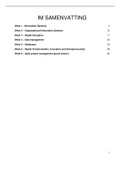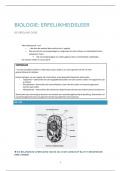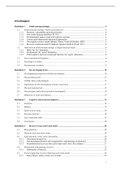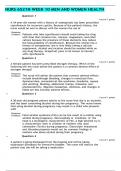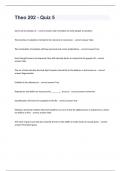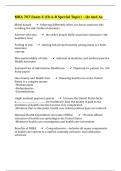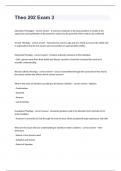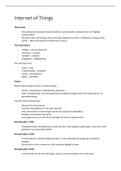Samenvatting
[23-24] Information Management summary PM
- Instelling
- Tilburg University (UVT)
A complete summary of the lecture slides and core parts of the articles. Passed the course with an 8.0 by only studying this summary. Others also passed the course with a more than sufficient grade with the help of this summary.
[Meer zien]
